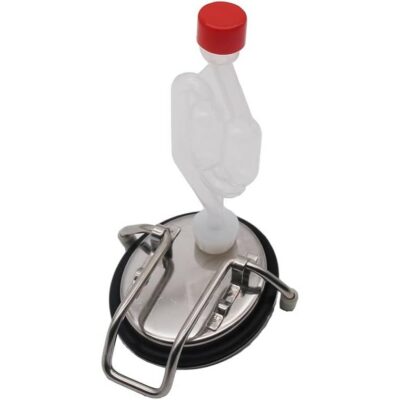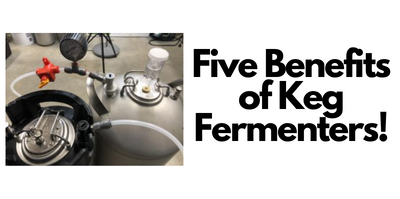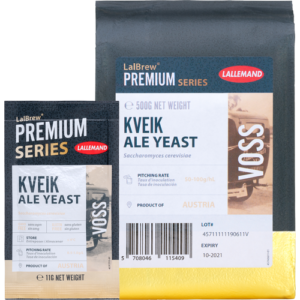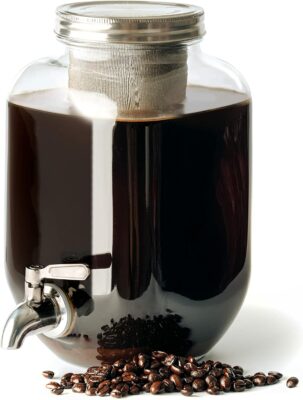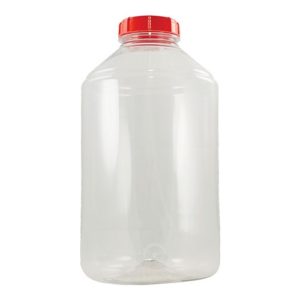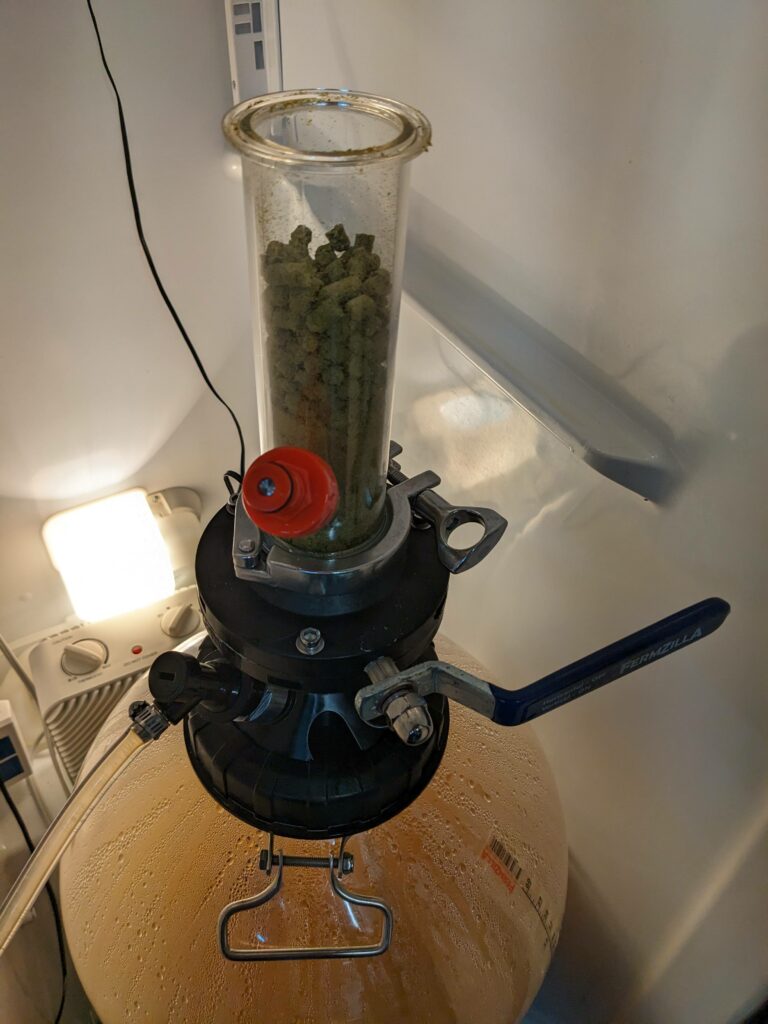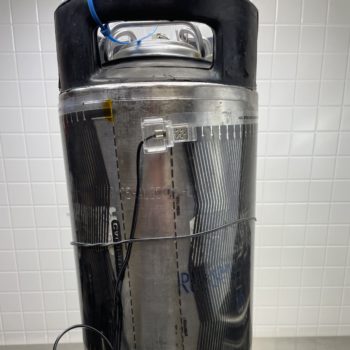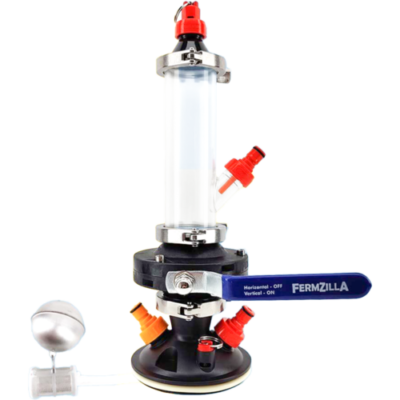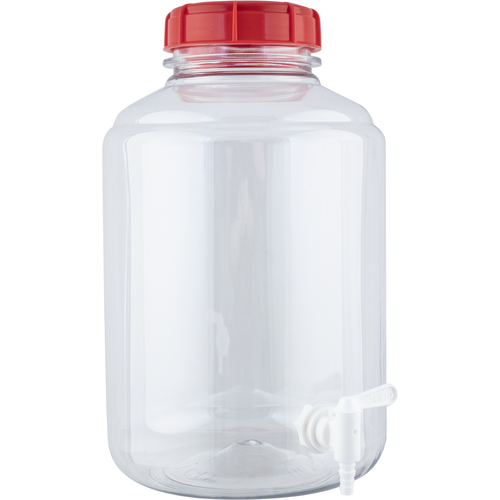
Dual Scale Refractometer with ATC, Brix 0-32%, Gravity 1.000-1.130 – $14.39 w/Coupon
Dual Scale Refractometer
More InfoHighlighted Features
- Specific Gravity & Brix : It's designed for testing the suger content and specific gravity of liquid
- Brix Refractometer with ATC : Automatic Temperature Compensation makes it even easier to get fast and accurate results
- Dual Scale: Consistently accurate readings of 0-32% Brix and 1.000-1.130 Specific Gravity
- Proffesional Refractometer for Home Brew, Wine making, Agricultural, Gardening & Educational Purposes
- Durable,Compact and Easy to Use-- The main part is made of chromium, it's light but durable. Handheld design is ideal for test on go
For me, getting a refractometer was one of those upgrades that made a lot of difference. With a refractometer you need a sample size of two drops. I figured that this would pay for itself in beer savings alone. I also had just broken my hydrometer and came to the realization that hydrometers are made of breakable glass that can break! 🙂
With the aid of calculators – get a Free Non-Expiring Brewfather Trial Account – Refractometers can be used to measure gravity throughout the brewing process.
3/24 7:30 AM Central: This is on sale for $15.99. Apply the 10% off coupon that’s available on the product page and the price drops to just $14.39 at checkout. Shipping is also free to many US addresses with Prime Membership [Try Prime for Free] or a qualifying order. Prices, promotions and availability can change quickly. Check product page for current info – More About Prices
Brix Refractometer with ATC and Dual Scale – Specific Gravity & Brix, High Precision Hanheld Refractometer for Beer Brewing, Homebrew Kit – affiliate link, note that multiple variations of this product may be available, as such a different version may appear at this link
More Fermentation Related!
This post contains affiliate links. We may make a commission when you use our Amazon links. This will never cost you extra. Thank you for supporting Homebrew Finds!
pinned amazon
 MoreBeer’s
MoreBeer’s 







